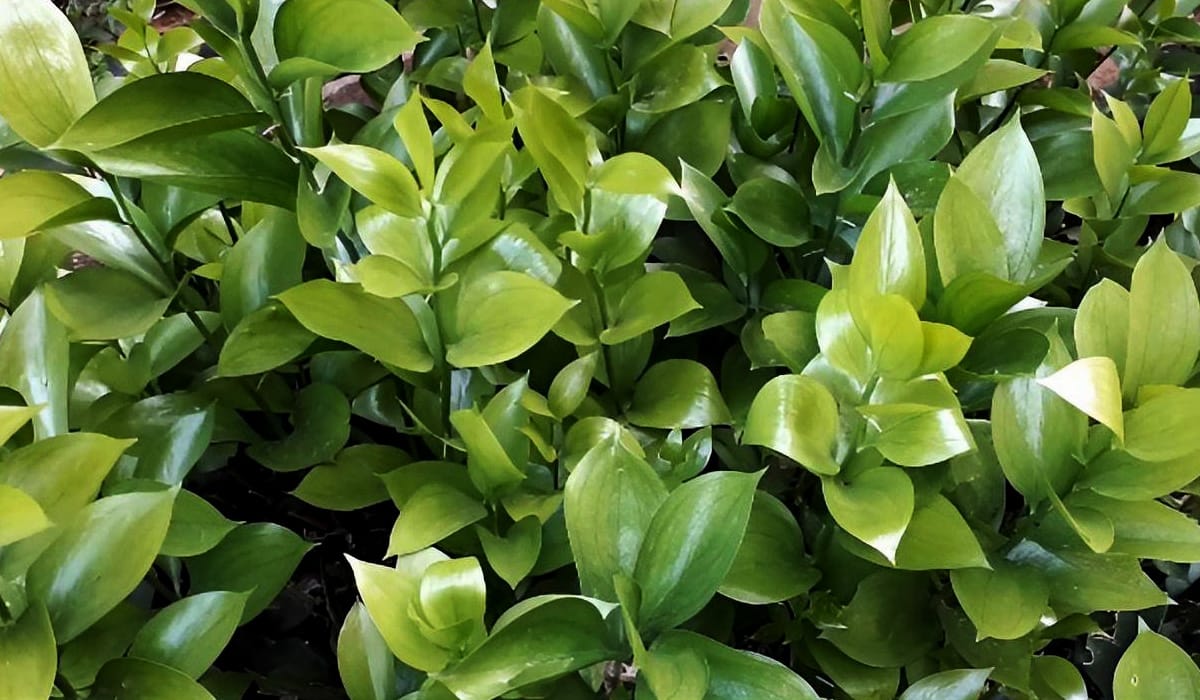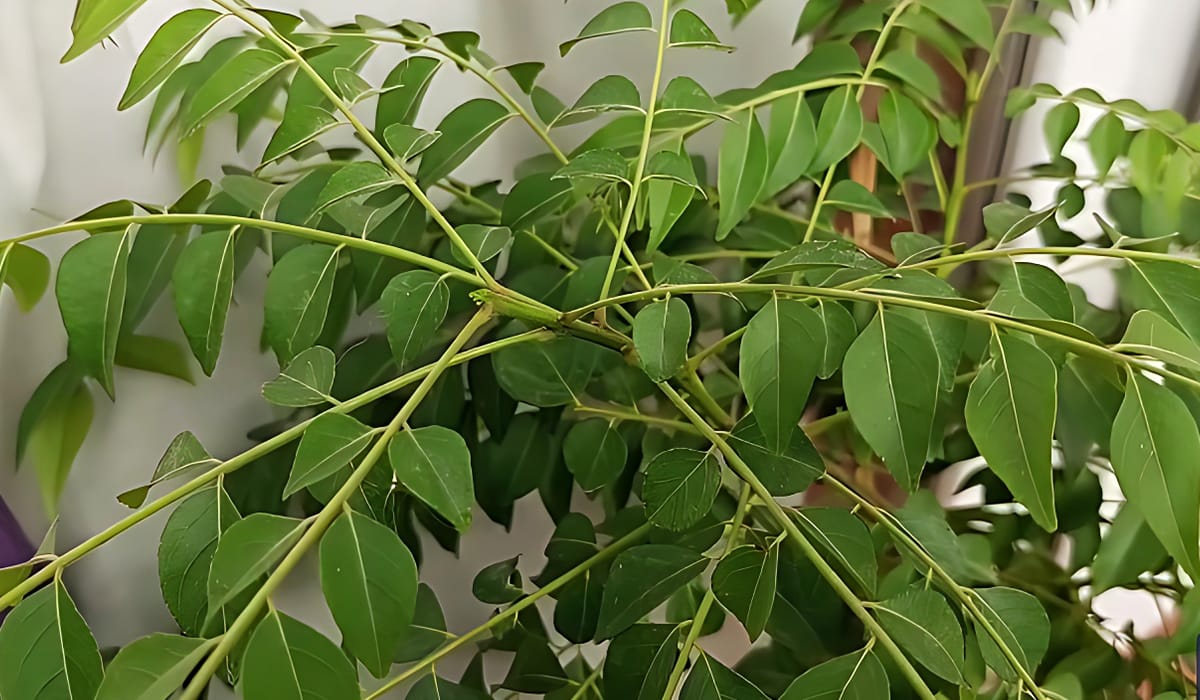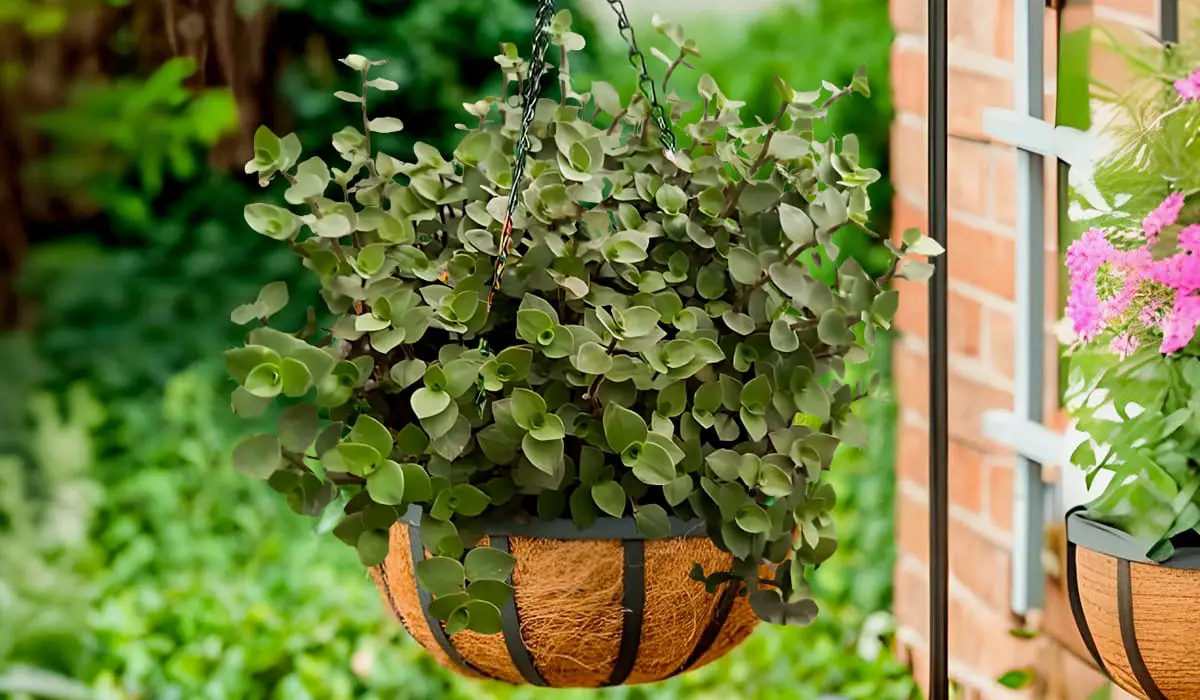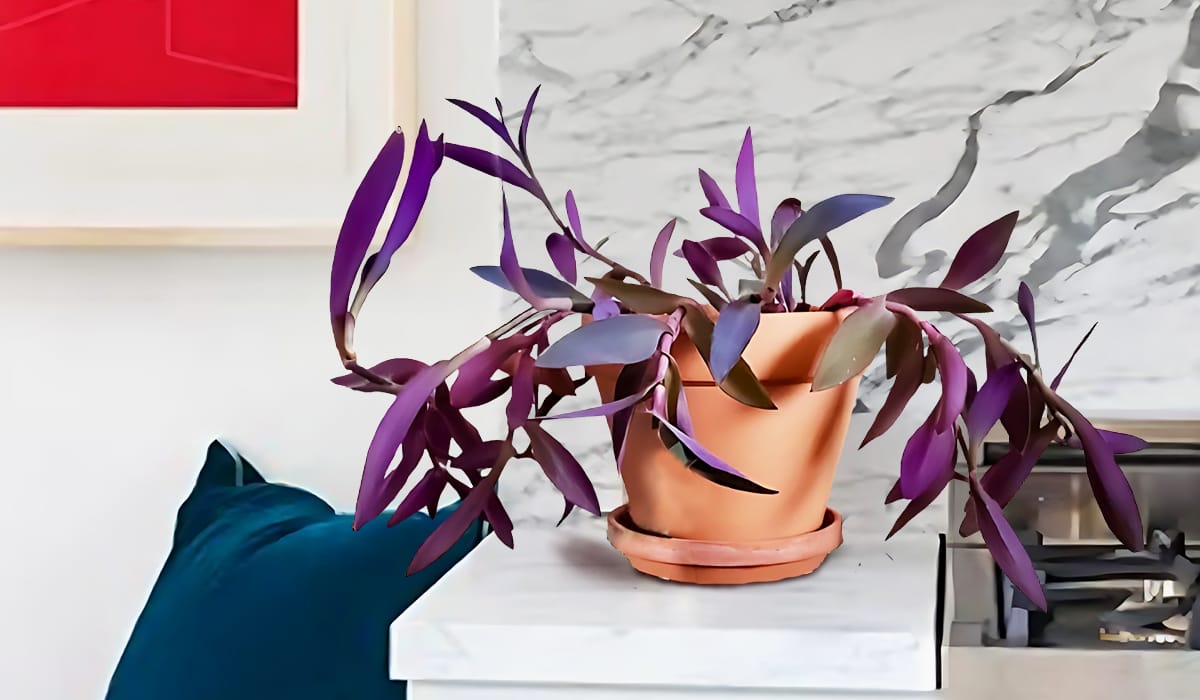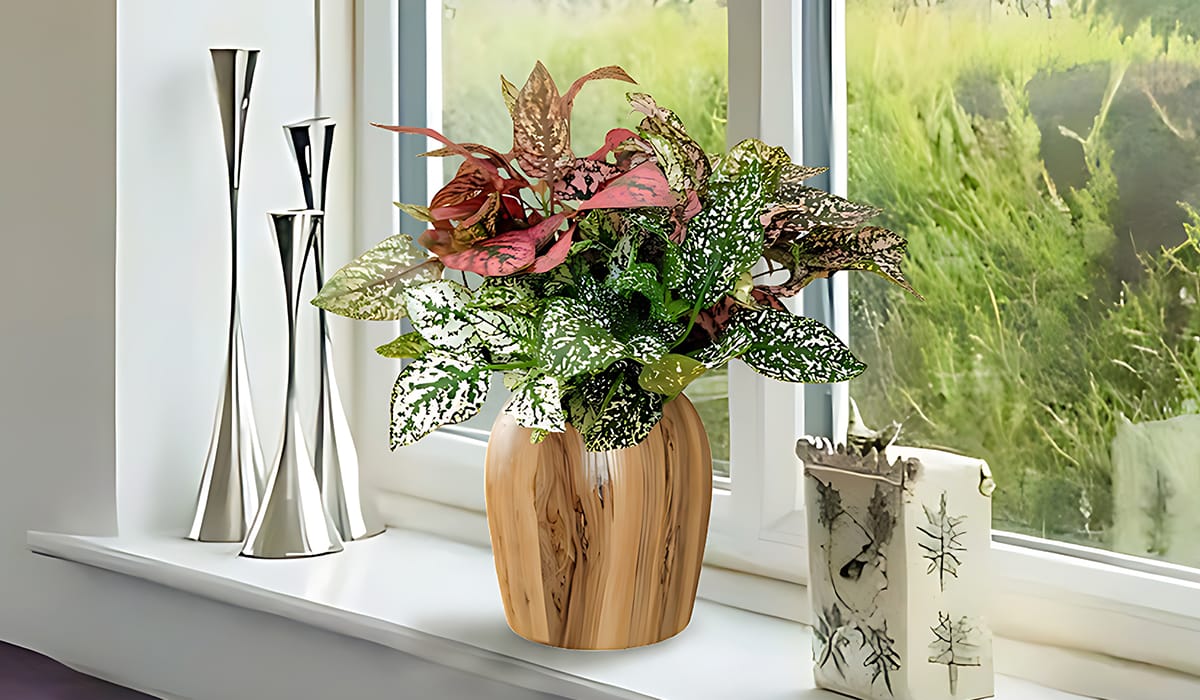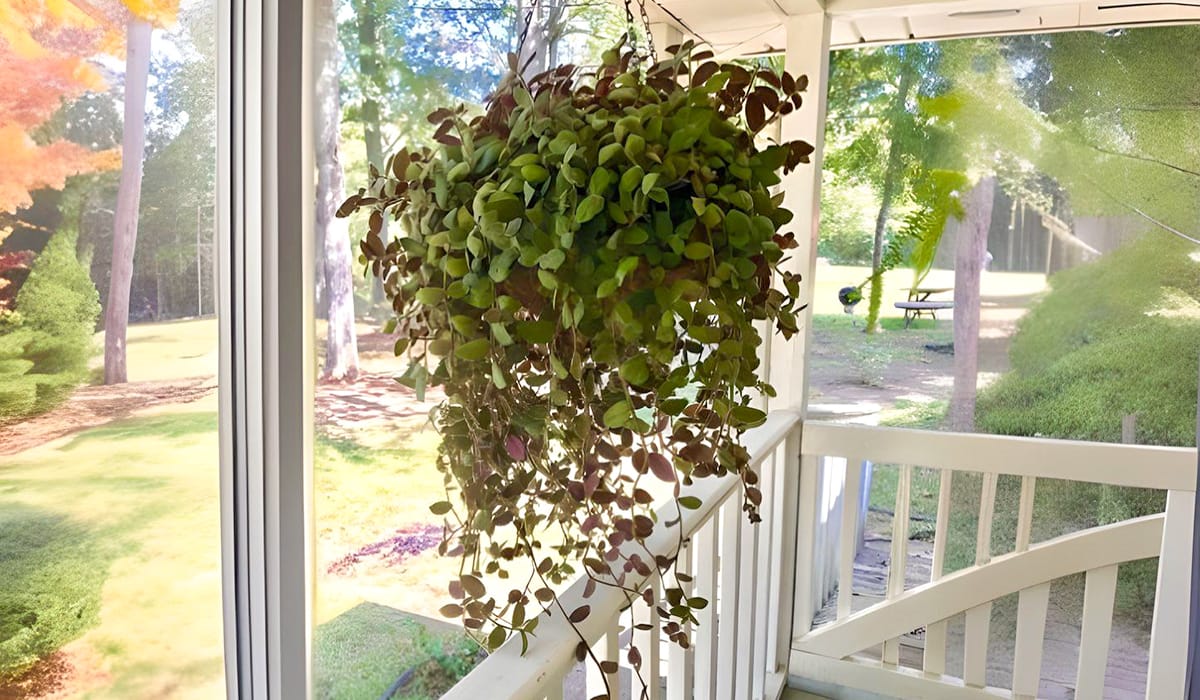
The Bunny Belly Plant stands out as a unique and charming addition to any indoor garden. With its distinctive appearance and easy care requirements, this plant has gained popularity among both novice and experienced plant enthusiasts. In this article, we will explore the fascinating characteristics of the Bunny Belly Plant and provide essential tips for its care to ensure it thrives in your home.
Understanding the Bunny Belly Plant
The Bunny Belly Plant, scientifically known as Othonna Capensis, is a succulent native to South Africa. Its quirky name is derived from the shape of its leaves, which resemble the adorable belly of a bunny rabbit. The fleshy, cylindrical leaves are green with a touch of purple, creating an eye-catching display that adds a playful element to your indoor green space.
Bunny Belly Plant Care
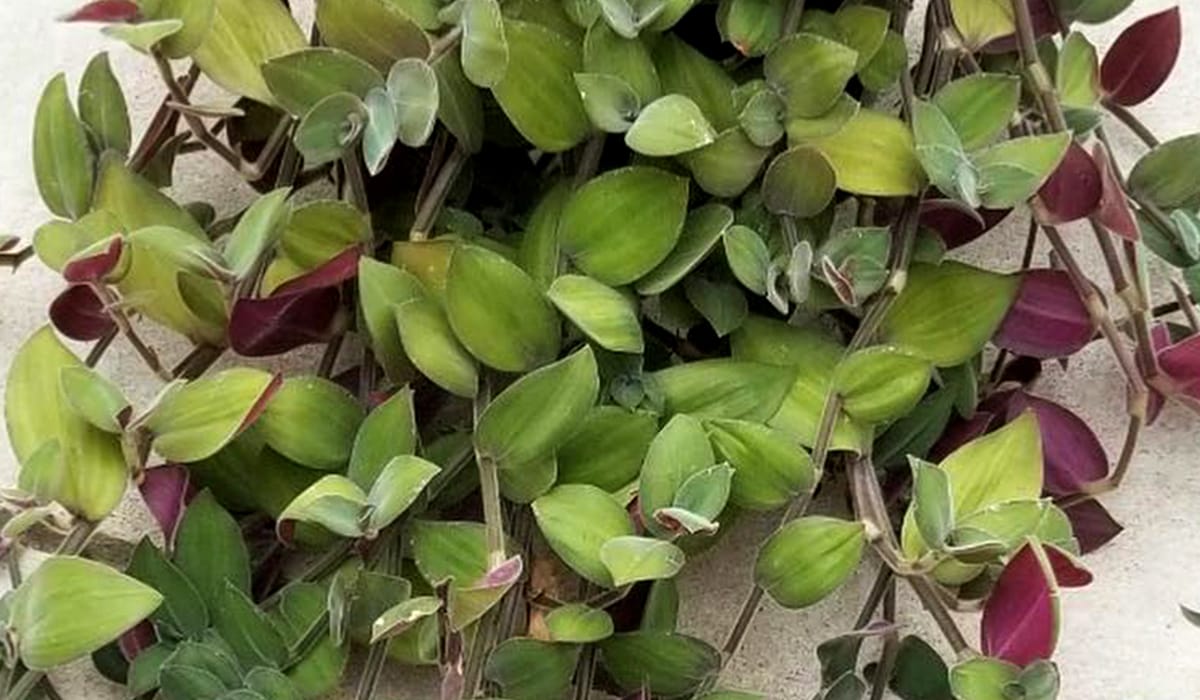
Light Requirements: Bunny Belly Plants thrive in bright, indirect light. Place them near a south or west-facing window to ensure they receive the optimal amount of sunlight. However, be cautious of intense, direct sunlight, as it may scorch the leaves.
Soil and Potting: Use a well-draining soil mix specifically formulated for succulents. A terracotta pot with drainage holes is ideal to prevent overwatering, allowing the soil to dry out between watering sessions.
Watering Routine: Bunny Belly Plants are drought-tolerant, so be sure not to overwater. Water the plant when the top inch of soil is dry to the touch, typically every 2-3 weeks. Adjust the frequency based on your home's humidity levels.
Temperature and Humidity: Maintain a warm environment for your Bunny Belly Plant. They prefer temperatures between 60-75°F (15-24°C) and are well-suited to average household humidity levels.
Fertilizing: During the growing season (spring and summer), feed your Bunny Belly Plant with a balanced, diluted fertilizer every 4-6 weeks. Avoid fertilizing during the dormant winter months.
Aesthetic Tips:
- Consider arranging Bunny Belly Plants in decorative pots or hanging containers to showcase their unique shape and color.
- Combine them with other succulents or small house plants to create visually appealing arrangements.
- Regularly rotate the pot to ensure even exposure to sunlight, promoting balanced growth and maintaining the plant's distinctive form.
Conclusion
The Bunny Belly Plant is not just a delightful house plant; it's a conversation starter and a charming addition to any indoor space. By following these care tips and incorporating some creative aesthetics, you can enjoy the unique beauty of the Bunny Belly Plant in your home. Embrace the whimsical world of house plants, and let the Bunny Belly Plant add a touch of playful elegance to your indoor garden.
Consider expanding your indoor plant collection with other easy-to-care-for plants like
Each of these plants offers its unique charm and benefits.
Thanks for reading this article. if you have any questions must comment and contact our team. don't forget to share this article with your friends.

